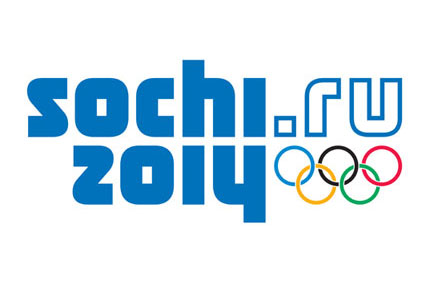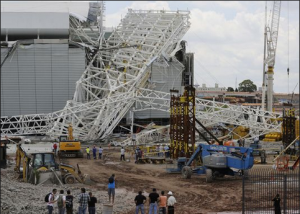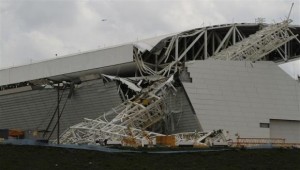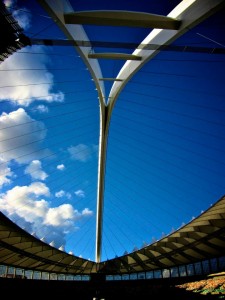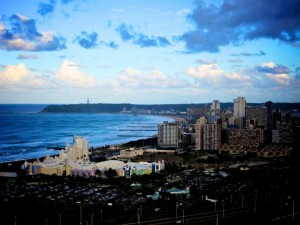J’ai trouvé un article très intéressant sur les gangs dans Rio qui se préparent à vendre des drogues pour la prochaine Coupe du Monde. Cette équipe des journalistes suivre l’un des gangs les plus dangereux de Rio après avoir essayé de gagner leur confiance depuis de nombreuses semaines. En préparation pour le Coupe du Monde, le gouvernement a essayé de réprimer plus sévèrement les gangs mais au cours des 4 dernières années, ils ont seulement autorisé 34 “favelas” (les taudis) de 1,000. En fait, le journaliste a parlé avec un fonctionnaire brésilien qui leur a dit que probablement ils seraient capables de reprendre seulement 40 favelas avant la Coupe du Monde. Ils se concentrent principalement sur les zones à proximité des endroits où les touristes pourront traîner. Cependant, ces efforts n’ont pas été très efficaces, et beaucoup de gens innocents ont été tués dans des tirs croisés. Les gangs ne sont pas très inquiets par la police – selon eux, le changement est seulement sur la surface. Ils disent que la vraie guerre est qui sera en charge du commerce de la drogue au cours de la Coupe du Monde et les Jeux Olympiques. 500,000 touristes sont attendus à visiter pendant le tournoi. Alors, les gangs qui gèrent le trafic de drogue au Brésil envisagent leur plus grande opération jamais.
Dans le vidéo, on voit d’abord quelques membres de gang pendant ils ont coupé ouvert de grands blocs de cocaïne pure et après ils préparent la cocaïne à vendre en le mélangeant avec de la levure chimique et d’adrénaline. Le journaliste demande, « Pour un kilo de cocaïne, combien de la lavure mettez-vous ? ». Le membre répond, « 15 boîtes de la lavure. » Après, ils ajoutent le dernier ingrédient secret : l’adrénaline. Voilà. C’est la recette pour un des plus grandes entreprises de Rio. Le gang a aussi sa propre armée privée pour protéger son opération de plusieurs millions de dollars. Ces hommes vendent 2 kilos de cocaïne par jour, et l’année prochaine pour la Coupe du Monde, ils s’attendent à doubler ça.
Le rapport entre la police et les gangs est tendu, mais ces hommes ne montrent pas de signe de l’inquiétude. Un membre du gang remarque, « les policiers sont des lâches, ils viennent ici seulement quand les rues sont pleines des gens. Je voudrais les voir venir dans la nuit, ils vont entendre beaucoup de coups de feu, beaucoup de coups de feu !»
Puis, le journaliste suit la police comme ils vont à la « City of Gods » favela. Ils repèrent certains dealers, mais les gangs ont déjà préparé les portes de sortie. La police a eu un peu de succès – crimes de meurtre et agression à main armée sont en baisse dans les favelas pacifiées, mais est-ce que c’est suffisant ? Un homme était exécuté dans le milieu de la journée devant de nombreux témoins, juste un mile du stade de la Coupe du Monde.
Il est intéressant de noter que les résidents de ces favelas pacifiés dit qu’ils ont la confiance aux trafiquants plus de la police, parce qu’ils ont grandi avec eux toute leur vie, donc ils respectent les résidents plus.
Avec seulement huit mois avant la Coupe du Monde, le gouvernement n’a pas beaucoup du temps pour effacer le crime avant les touristes arrivent. Peuvent-ils faire ? Peut-être sur la surface, mais c’est tout. Tous les gangs veulent un morceau de la richesse de la Coupe du Monde et la police ne sera pas capable de les arrêter.
Regardez le vidéo ici:
Source: http://www.channel4.com/news/rio-world-cup-brazil-favelas-crime-gang-drug-war-tourists




